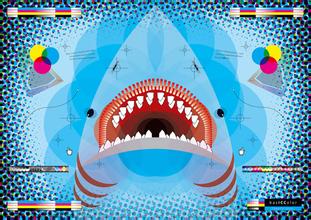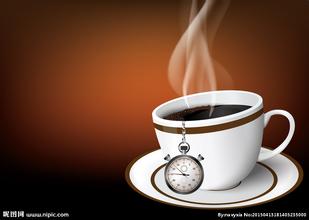Behind the price rise of Starbucks: many brands in the coffee industry compete for "cake"
The price adjustment of Starbucks has aroused heated discussion among many domestic consumers, and among the many voices, there are many responses that say "Starbucks pricing is high". In fact, the price of Starbucks in China has always been higher than that in other countries, and a medium cup of Starbucks coffee is priced at 30-40 yuan in China. On the other hand, American consumers say that Starbucks belongs to daily consumption, all priced under $5. As early as 2013, the media compared the prices of Starbucks medium lattes in Beijing, London, New York and Mumbai. It turns out that the price of Starbucks in Beijing is 27 yuan, which is higher than that in London (about 24 yuan) and Chicago (about 20 yuan). It is equivalent to twice the price of a store in Mumbai (about 14.6 yuan). Starbucks explained the price increase based on "local operating costs and market dynamics", including considerations such as rent, logistics, store facilities, manpower, product development and customer experience innovation. China's pricing strategy is long-term.
The Chinese market has always been one of the markets competed by foreign coffee chains. Starbucks accounted for 73.3% of the market share of Chinese high-quality coffee chains in 2015, followed by McCoffee of McDonald's, Costa Coffee of Whitbread Plc and Pacific Coffee of China Resources Entrepreneurship Co., Ltd, according to Euromonitor. But the market share of the three high-quality coffee chains in China is 9.3%, 9% and 3.9% respectively, far lower than that of Starbucks.
Starbucks, which clearly occupies the dominant position in the coffee market, is taking advantage of the market advantage to take advantage of the opportunity to lift all boats, and will it play a "leading role" to other brands? Looking at Chengdu, the leisurely urban atmosphere and consumption habits have nourished many chain coffee brands and minority coffee brands. what is the current situation and development model of these brands? in this battle for market share, how to win the favor of consumers by virtue of brand strategy?

Important Notice :
前街咖啡 FrontStreet Coffee has moved to new addredd:
FrontStreet Coffee Address: 315,Donghua East Road,GuangZhou
Tel:020 38364473
- Prev

The number of coffee shops in Shanghai increased by more than 15% last year.
Sit in an old French-style house and drink a cup of personalized coffee and experience a rare slow life at a fast pace, the Labor Daily reported. Recently, Starbucks launched another Zhenxuan coffee store, which has attracted a lot of popularity. Industry insiders point out that there is still a lot of room for coffee industry expansion in Shanghai, while last year alone, the number of coffee shops increased by more than 15%. Data display
- Next

Nestle promotes Cuban Coffee to return to the United States after more than 50 years
Nestl é announced on Monday that it will be the first American company in half a century to sell Cuban coffee in partnership with local Cuban farmers to start selling Nestl é's Cuban coffee this fall under the name Cafecito de Cuba, which will only be used on Nestl é's Nespresso coffee machine. It is reported that this is Cuban coffee that has been away from the United States for more than 50 years.
Related
- Why are the coffee in some coffee shops not enough after being frozen? What should I make up for my American latte cappuccino coffee after being frozen?
- How much water does it take to steam coffee by hand? Why is the coffee brewing and steaming time 30 seconds? What is the purpose of steaming coffee?
- The suspected drink contains too much caffeine! Overlord Tea Lady responds urgently!
- Starbucks rejects antique paper coupons?! Netizen: Missed marketing opportunities!
- What ratio of water temperature and ground does the smart cup method use to press coffee? The difference between brewed coffee and filtered coffee?
- What is the standard process for the purpose of coffee cup testing? What is the difference between hand-brewed coffee and cup testing?
- How to use hand-brewed coffee paragon small golden balls? How does cold coffee lock in the aroma of coffee?
- Is American coffee black? What is the difference between American coffee and drip coffee?
- Unexpected! Well-known tea beverage brand Lele Tea will withdraw from the Zhengzhou market!
- Starbucks enters the fashion and beauty industry?! Netizen: Give me an ice American eye cream

